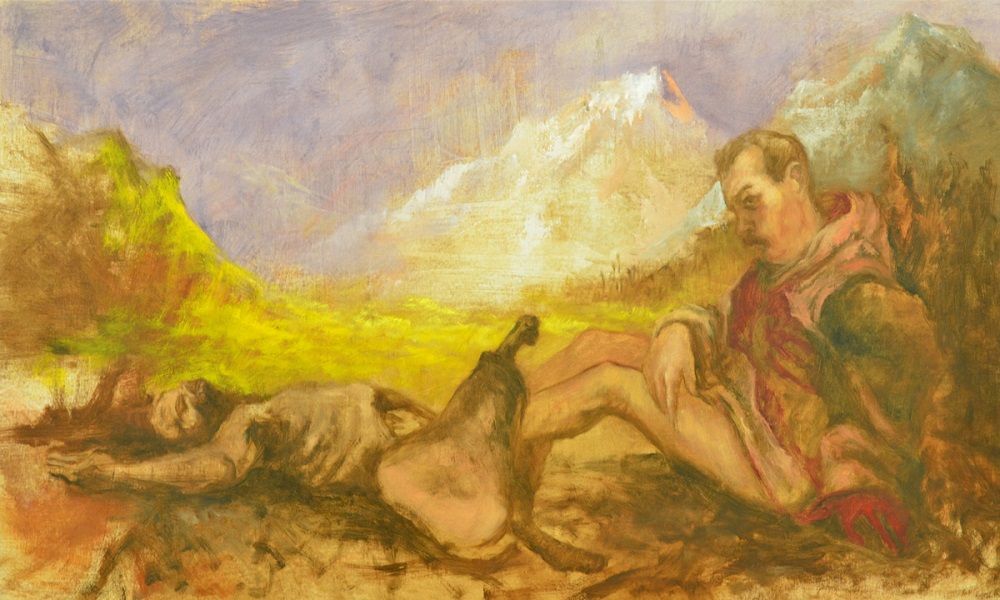Csaba Kis Róka
Extinction is a form of art
| Venue: | acb Gallery |
| Date: | Nov 22 – Dec 20, 2013 |
Description
Csaba Kis Róka is known for his unique and expressive painterly universe. His imagery is based on the Central European male experience with all its taboos. along with the historical heritage of romantic nationalism and militarism. Kis Róka’s visual dictionary is derived from a wide range of visual languages from the Christian iconography of suffering, through B-category horror movies, to the traditions of representation in local historical painting. The violence of his bloody crowd scenes has primarily to do with dominance and male power, the manifestations of which are both a historical phenomenon and a still existing experience for those born and raised in the societies of Central and Eastern Europe. Kis Róka’s phraseology combines the painterly tradition of the period between the late renaissance and the late 19th century with the approach of early 20th-century expressionist painting. The artist often uses classic compositional patterns as prefiguration for his narrative tableaux, thus amplifying the tension between content and form.
The style of Kis Róka’s newer series of paintings has moved from narrativity towards a more painterly approach, where the emphasis shifts from a detailed depiction of various acts of violence to the expressive tools of painting. Therefore, the compositions of the pictures have been simplified; the figures in the paintings depict individual phases, rather than actions. The exhibition entitled Extinction is a form of art that draws a caricature of contemporary society through a possible future, as a potential outcome of extremist responses to the economic and social problems recently culminating both worldwide and in Hungary. The escalation of palpable economic and social disparities causes remarkable distortions worldwide. As the puzzled masses of welfare societies experience their economic decline, they become increasingly furious and more prone to manipulation an account of tendencies beyond their influence. Perhaps in their desire to create order from the chaos, people increasingly believe that violence can be a solution to these problems. The paintings shown in the exhibition capture a possible final stage of this course, where the individual, as a creature abandoned, must face the acts of its own making. The wait for a future Armageddon is part of every culture. In our age, the fear of the collapse of human civilization and the depiction of imagined post-apocalyptic conditions is perhaps most strikingly – and most effectively, in terms of reaching the masses – represented through the medium of cinema. The world presented by Kis Róka reveals a close relationship with these depictions of decay and human degradation.
